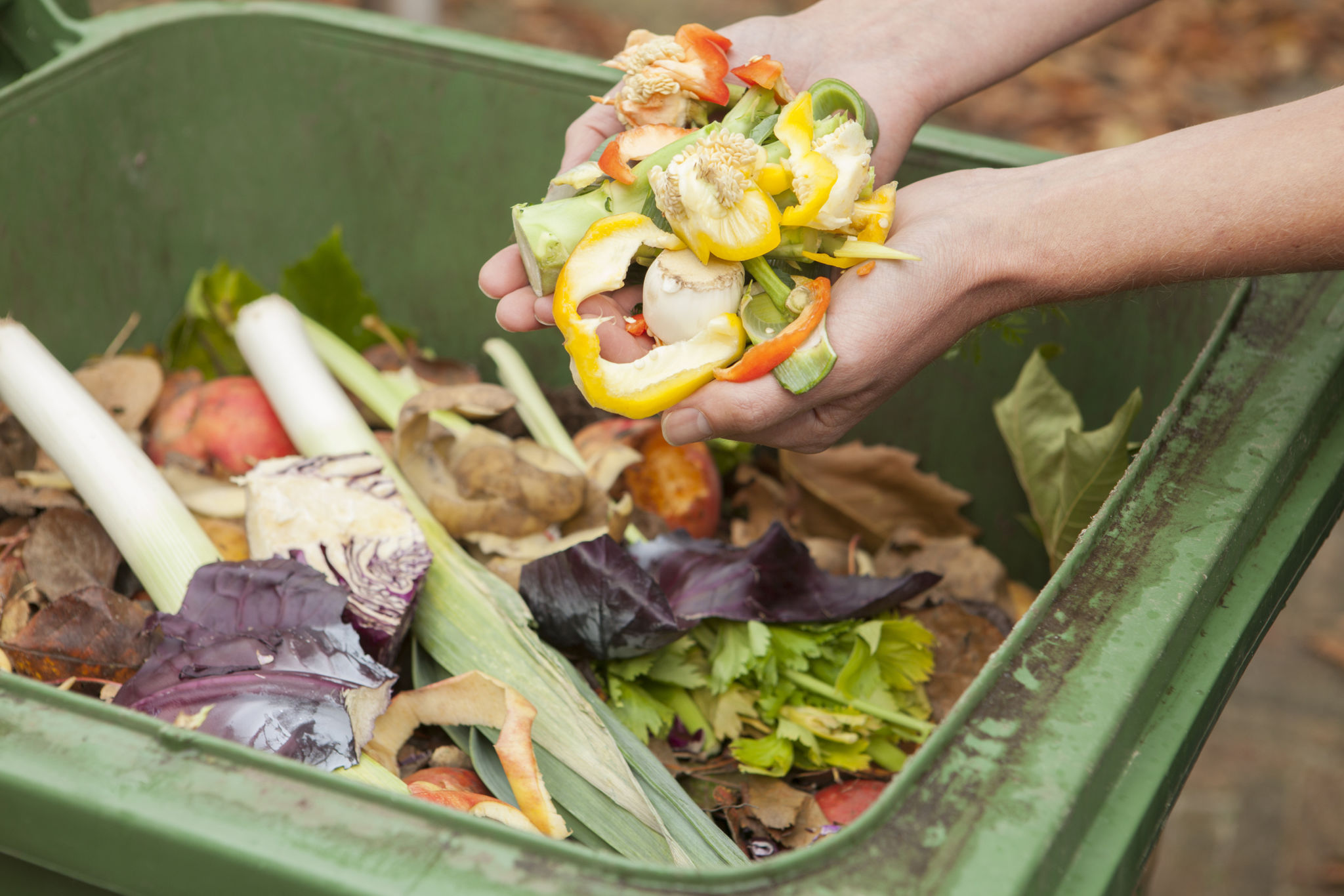Top Tips for Sustainable Landscaping in Salt Lake City
Understanding the Importance of Sustainable Landscaping
Sustainable landscaping is not just a trend; it's a necessity, especially in areas like Salt Lake City where water conservation and environmental stewardship are crucial. By implementing sustainable practices, homeowners can create beautiful landscapes that thrive in the local climate while minimizing their ecological footprint.

Choosing Native Plants for Your Landscape
One of the most effective ways to achieve a sustainable landscape is by selecting native plants. Native species are naturally adapted to the local climate and soil conditions, requiring less water, fertilizer, and pesticides. In Salt Lake City, consider incorporating plants like Utah serviceberry, Gambel oak, and blue grama grass, which not only conserve resources but also support local wildlife.
Benefits of Native Plants
Native plants offer numerous benefits beyond resource conservation. They provide habitat and food for native pollinators and birds, contributing to biodiversity. Furthermore, they're typically more resistant to local pests and diseases, reducing the need for chemical interventions.
Implementing Efficient Irrigation Systems
Water conservation is a significant component of sustainable landscaping. Efficient irrigation systems can drastically reduce water usage without compromising the health of your plants. Consider installing drip irrigation systems or smart controllers that adjust watering schedules based on weather conditions and soil moisture levels.

Mulching for Moisture Retention
Mulching is another excellent strategy for conserving water. By covering the soil with organic mulch, you can retain moisture, suppress weeds, and improve soil health. This simple practice can significantly reduce the need for frequent watering, making it an essential tool for sustainable landscaping.
Soil Health and Composting
Healthy soil is the foundation of a thriving landscape. Regularly amend your soil with organic matter like compost to enhance its structure, nutrient content, and water retention capacity. Composting yard waste and kitchen scraps not only enriches your soil but also reduces landfill waste.
Creating a Compost System
Setting up a compost system in your backyard is easier than you might think. Start by choosing a location that's convenient yet out of direct sunlight. Combine green materials like grass clippings with brown materials such as dried leaves. Turn the pile regularly to speed up decomposition and produce rich compost for your garden.

Incorporating Hardscaping Elements
Sustainable landscaping isn't limited to just plant choices. Hardscaping elements like permeable pavers, gravel paths, or stone patios can reduce water runoff and erosion. These features add aesthetic appeal and functionality to your landscape while supporting sustainable practices.
The Role of Permeable Surfaces
Permeable surfaces allow rainwater to seep into the ground rather than running off into storm drains. This reduces the strain on municipal water systems and helps recharge local aquifers. Consider integrating permeable materials into your design to enhance both sustainability and aesthetics.
Conclusion: A Greener Future for Salt Lake City Landscapes
By adopting sustainable landscaping practices, Salt Lake City residents can enjoy beautiful outdoor spaces that are both environmentally friendly and resource-efficient. From choosing native plants to implementing smart irrigation systems, every step towards sustainability contributes to a healthier planet for future generations.